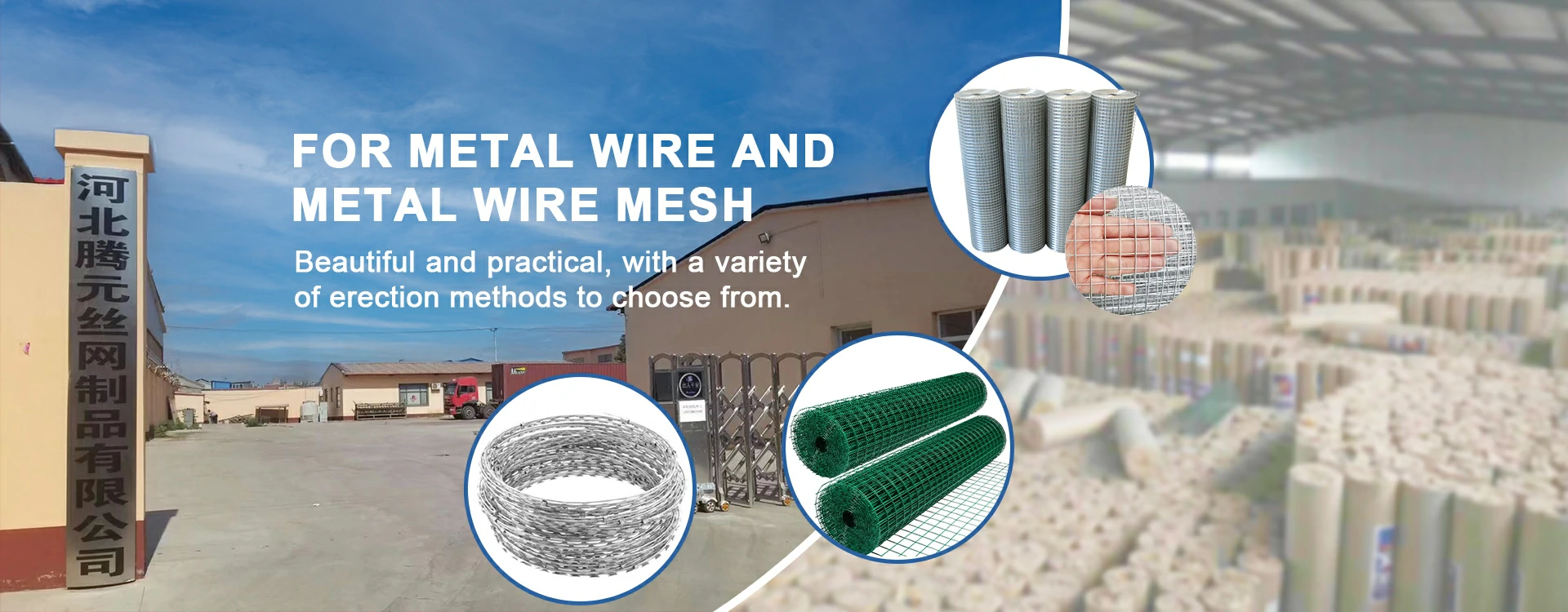 TEL:
+86-13102802206
TEL:
+86-13102802206
 Email:
fencenetting@china.com
Email:
fencenetting@china.com
 Language
Language
 TEL:
+86-13102802206
TEL:
+86-13102802206
 Email:
fencenetting@china.com
Email:
fencenetting@china.com
 Language
Language


The Benefits of Hexagonal Gabion Boxes in Modern Construction
In recent years, the use of hexagonal gabion boxes has gained tremendous popularity in various fields of construction and landscaping. These innovative structures, typically made from wire mesh and filled with rocks, stones, or other solid materials, combine aesthetics with functionality. This article explores the numerous advantages of hexagonal gabion boxes and their applications in modern construction.
What are Hexagonal Gabion Boxes?
Hexagonal gabion boxes are containers made from hexagon-shaped wire mesh that are designed to hold materials such as stones, gravel, or even recycled concrete. Their hexagonal shape provides multiple benefits when compared to traditional rectangular gabion boxes. The design optimizes structural integrity, allowing for better drainage capabilities and enhancing their stability under various environmental conditions.
Structural Benefits
One of the most significant advantages of hexagonal gabion boxes is their structural stability. The hexagonal design allows for interlocking of the boxes, which provides enhanced resistance to forces such as wind or water. This is particularly beneficial in areas prone to erosion or flooding, as the boxes can effectively absorb and dissipate the energy of moving water. Moreover, the naturally porous nature of gabion boxes promotes effective drainage, reducing hydrostatic pressure behind the walls and minimizing the risk of failure.
Environmental Impact
Hexagonal gabion boxes are also environmentally friendly. They can be filled with locally sourced materials, which reduces transportation emissions and supports the local economy. Additionally, the stones used in the boxes can help promote biodiversity, as they provide habitats for various plant and animal species. This makes them an excellent choice for projects that prioritize sustainability and ecological balance.

Versatility in Applications
Hexagonal gabion boxes can be utilized in a variety of applications, making them a versatile choice for different projects. In landscaping, they can be used for retaining walls, decorative features, and erosion control. The aesthetic appeal of the stones combined with the unique shape of the boxes can create visually stunning outdoor spaces.
In civil engineering, hexagonal gabion boxes serve critical roles in the construction of protective barriers, channel linings, and weirs. They are especially useful in flood-prone areas, where they can be strategically placed to redirect water flow and protect valuable infrastructure. Furthermore, their flexibility allows them to be designed in different sizes and configurations, making them suitable for both small-scale and large-scale applications.
Cost-Effectiveness
Another notable benefit of hexagonal gabion boxes is their cost-effectiveness. The materials used to create these boxes are often less expensive than traditional construction materials like concrete or brick. Additionally, the installation process is relatively straightforward and can often be completed without the need for heavy machinery. This can significantly reduce labor costs and project timelines, making hexagonal gabion boxes an attractive option for budget-conscious projects.
Conclusion
In conclusion, hexagonal gabion boxes represent a fascinating blend of innovation, sustainability, and versatility in modern construction. Their structural stability, environmental benefits, and cost-effectiveness make them an increasingly popular choice among architects, engineers, and landscape designers. As the demand for eco-friendly and resilient construction solutions continues to grow, hexagonal gabion boxes are poised to play a crucial role in shaping the future of our built environment. Whether for erosion control, landscaping, or flood protection, these unique structures offer a myriad of possibilities that can enhance both functionality and aesthetic appeal in diverse projects.